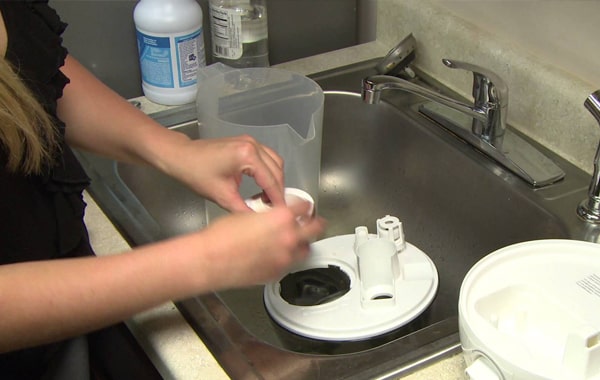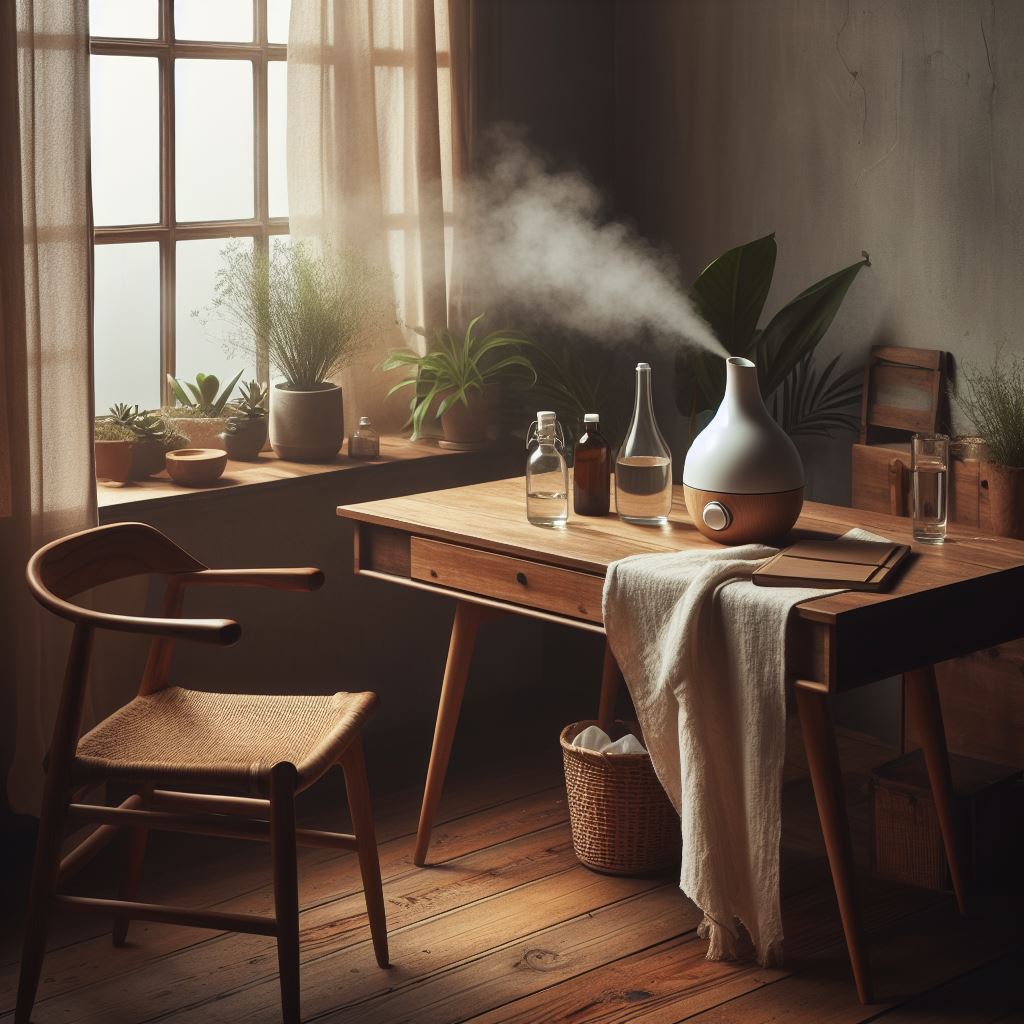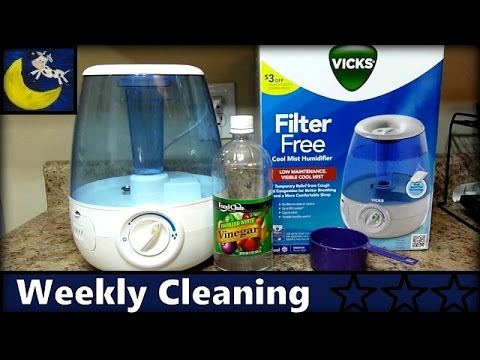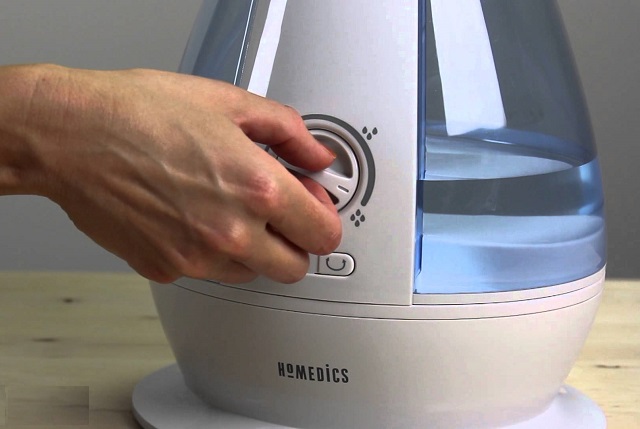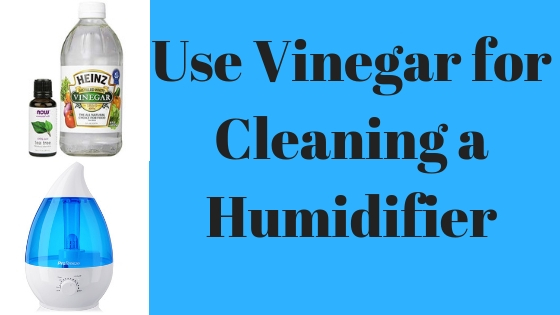Prevent Mold in Humidifiers: Best Additives & Tips
Ever struggled with mold in your humidifier? It’s a common issue, but I’ve got some great solutions to share. Keeping your humidifier mold-free isn’t just about cleanliness; it’s about what you put in it.
Importance of Preventing Mold in a Humidifier
Mold can be more than just an unsightly nuisance in your home. It’s a health hazard, particularly when it comes to humidifiers. These devices are designed to create a more comfortable environment by releasing moisture into the air. Yet, if not properly maintained, they can harbor mold spores that disperse into your living space with potentially serious health implications.
The risks associated with mold exposure shouldn’t be underestimated. Breathing in mold spores can lead to respiratory issues such as asthma attacks, allergic reactions, and other respiratory infections. For individuals with compromised immune systems, the risks are even higher—mold can trigger more severe health conditions.
Regularly cleaning your humidifier is the first line of defense, but the water you use plays a crucial role too. Using distilled or demineralized water can significantly reduce the possibility of mold growth as these water types are less likely to introduce additional pathogens or minerals that foster a mold-friendly environment. It’s essential to be proactive rather than reactive when it comes to mold prevention.
Mold in humidifiers not only affects your health but can also compromise the efficiency and lifespan of the device. When mold clogs the inner workings of a humidifier, it has to work harder to produce the same level of moisture. This not only leads to increased energy consumption but also hastens the need for repairs or replacement.
By understanding the importance of preventing mold and putting into practice the correct measures, you can ensure that your humidifier remains a beneficial addition to your home. Stay vigilant about what you put in your humidifier. Opting for the right type of water and cleaning solutions is a smart move for your health and the longevity of your device. Always keep one step ahead of mold to maintain an optimal indoor environment.
Common Causes of Mold in Humidifiers
Understanding the common causes of mold in humidifiers is the first step in prevention. One of the primary reasons mold finds a breeding ground in humidifiers is the stagnant water that remains in the tank. When water sits idle, it becomes a hospitable environment for mold spores to flourish. Ensuring water doesn’t stagnate is, therefore, vital.
Another cause is the type of water used. Tap water may contain minerals and other impurities that can promote mold growth. It’s well-known that these minerals can also create a film on the humidifier’s components, further encouraging mold. Switching to distilled or demineralized water reduces the risk of mold because it’s purer and free from those additives.
High humidity levels in the room itself can also encourage mold growth within the humidifier. Mold loves moisture, and high humidity provides the perfect conditions. It’s important to monitor the humidity level in the room; ideal levels are typically between 30 and 50 percent.
Neglecting regular maintenance and cleaning schedules is a prime cause of mold in these devices. Dirt and organic matter that accumulate over time in the humidifier can act as food for mold spores. It’s crucial to follow the cleaning instructions provided by the manufacturer and replace filters as recommended.
Other Contributing Factors
- Poor air circulation can also increase the risk of mold in humidifiers as it allows for moist conditions around the unit.
- Use of dirty or old filters that aren’t replaced regularly can harbor mold spores and release them into the air.
- Humidifiers in damp areas, such as basements, are more susceptible to mold growth due to the naturally higher moisture levels.
By addressing these issues, I’m decisive in preventing the advancement of mold in humidifiers and maintaining both the device’s integrity and indoor air quality.
Cleaning and Maintaining Your Humidifier
Regular maintenance is my go-to strategy for preventing mold in humidifiers. It’s imperative to clean the humidifier every 1-2 weeks; however, I prefer a weekly routine to ensure optimal performance and hygiene. First things first, always unplug the humidifier before cleaning – safety first!
I start by disassembling the humidifier according to the manufacturer’s instructions. Each part that comes into contact with water is subject to mold growth, so I make sure to clean them thoroughly. Using a brush, I scrub away any visible residue using a solution of equal parts water and white vinegar. The vinegar’s acidity is excellent for breaking down mineral deposits and mold.
For disinfecting, I mix a solution of 1 teaspoon of bleach to 1 gallon of water. I soak the parts in the solution for about 5-10 minutes and then rinse the parts with clean water until the smell of bleach is gone. Proper disinfection is crucial because it kills spores that could otherwise lead to mold accumulation.
Replacing filters and wicks is another crucial step that I don’t overlook. Over time, these components can harbor mold spores and bacteria. Check your humidifier’s manual for the recommended replacement schedule, but generally, replacing them every 1-3 months is a good practice.
Finally, allow all the components to air dry completely before reassembling the humidifier. I can’t stress enough the importance of letting parts dry; moisture is mold’s best friend, after all. Regularly draining, drying, and cleaning your humidifier goes a long way in preventing mold growth, ensuring the air stays healthy around me.
Remember, keeping a clean humidifier isn’t just about improving its longevity; it’s about protecting my health and well-being. Through diligent cleaning and upkeep, I play an active role in keeping the air in my home clean and breathable.
What to Put in a Humidifier to Prevent Mold
Knowing what to put in a humidifier to combat mold is crucial for maintaining a healthy environment in your home. Regular maintenance and the use of certain additives can significantly reduce the risk of mold growth.
Water is the essence of your humidifier’s function, but not all water is created equal. I’ve found that using distilled or demineralized water limits mineral deposits and the growth of mold. Tap water often contains minerals that can promote buildup and bacterial growth inside your humidifier.
Beyond water choice, adding a few drops of essential oils, particularly those with antifungal properties like tea tree, eucalyptus, or peppermint oil, can discourage mold growth while emitting a pleasant scent. Essential oils should be used sparingly—just a few drops are enough to help prevent mold without overpowering the senses.
Hydrogen peroxide is another addition that I recommend for its disinfectant properties. A small amount added to the water can help deter mold and bacteria. Make sure to follow manufacturer guidelines and never exceed the suggested quantity when using hydrogen peroxide as it can be potent.
For those seeking a commercial solution, there are specific humidifier tablets or fish designed to keep the water cleaner for longer periods. These products often contain antimicrobial agents that prevent the proliferation of mold and bacteria in the water.
Additionally, incorporating a humidistat can prevent over-humidifying which indirectly reduces the likelihood of mold. The humidistat monitors the room’s humidity level, ensuring your humidifier only adds moisture to the air when necessary. Maintaining a humidity level between 30-50% is optimal.
- Use distilled or demineralized water
- Add a few drops of antifungal essential oils
- Include a small amount of hydrogen peroxide
- Consider commercially available humidifier tablets
- Monitor humidity levels with a humidistat
Remember, no matter what you put in your humidifier, nothing replaces the importance of regular cleaning and maintenance to prevent mold in your humidifier.
Natural Remedies for Mold Prevention
In my ongoing quest to maintain a healthy home environment, I’ve discovered several natural remedies to prevent mold growth in humidifiers. It’s crucial to understand that mold thrives in moist, warm conditions; therefore, mitigating these elements is key.
Tea Tree Oil stands out for its potent antifungal properties. A few drops of this essential oil added to a humidifier can create an environment that’s hostile to mold and mildew. Not only does it help inhibit mold growth, but it also leaves a fresh, clean scent in the air.
Another effective natural substance is Grapefruit Seed Extract. Unlike tea tree oil, which has a noticeable fragrance, grapefruit seed extract is odorless and doesn’t alter the scent of your home. Approximately 20 drops per gallon of water can act as a natural disinfectant, ensuring that the mist emitted is free of unwanted fungal spores.
Here’s a simple guideline I follow when using natural extracts:
| Extract Type | Amount Per Gallon |
|---|---|
| Tea Tree Oil | 10 Drops |
| Grapefruit Seed Extract | 20 Drops |
It’s essential to add these substances directly to the water chamber for even distribution.
Beyond extracts, maintaining a balance in humidity levels is another way to ward off mold. Aim for a humidity range between 30% and 50%, as mold doesn’t usually form in this relatively low humidity. I use a reliable humidistat to keep track of the levels.
Finally, incorporating Vinegar into the cleaning routine for your humidifier can also play a significant role in preventing mold. A diluted vinegar rinse once a week helps remove any potential mold spores and keeps the appliance in optimal condition.
By incorporating these natural remedies and strategies into your humidifier maintenance routine, you’re taking proactive steps to ensure that the air in your home remains clean and healthy. Remember to always follow your humidifier’s manufacturer instructions when adding any substances to your device to avoid damage or voiding warranties.
Conclusion
Keeping your humidifier mold-free is essential for a healthy home environment. By leveraging the power of natural antifungals like tea tree oil and grapefruit seed extract, you’re setting yourself up for success. Don’t forget the importance of regular maintenance and the role vinegar can play in your cleaning routine. With these tips, you’ll breathe easier knowing you’ve taken the right steps to prevent mold in your humidifier. Stay vigilant about your humidity levels and enjoy the fresh, clean air you deserve.

